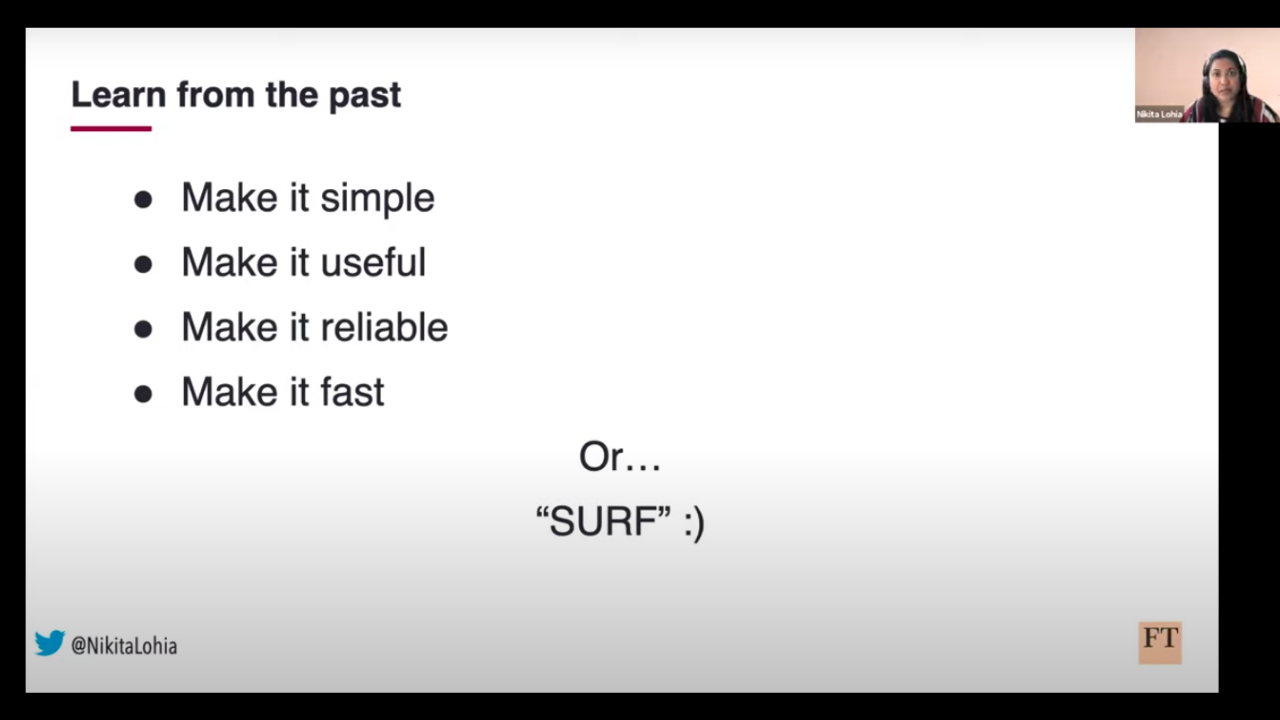Ever wondered how it is to work as part of the tech team for one of the world's most established global business publications? Our event in partnership with the Financial Times gave great insight into the science behind their processes, what it's like to become a fully cloud-hosted company and how they are building a more inclusive work environment. And, as they're currently hiring via hackajob, we've got all the details you're looking for. So if you want to know how their teams operate, what advice they have for those looking to join and more then keep reading.
1. You don't need a computer science degree

Well-known establishments often have a reputation of only hiring a particular kind of employee, but that's definitely not the case with the FT. We heard from Chris Dunham on his journey from chemistry teacher to coding bootcamp graduate to Senior Cloud Engineer,and why after this, working at the FT ticked all of his boxes (good work/life balance, inclusive team culture and a commitment to learning). It became clear that there is no traditional path that the Financial Times follows when it comes to hiring so you should apply if you think you'd enjoy working there. They actively encourage applications from a diverse range of candidates. Find out more about the company here.
2. The Financial Times advocates for a good work/life balance

What's better than getting stuck into a role that continuously sparks your interest, gives you 10% learning and development time whilst also working a 35 hour week? From the virtual event, we learned that the Financial Times supports you having a good work/life balance. And after the whirlwind that has been the past year of a pandemic, this is more important than ever to employees.
Chris also shared that the company allows for time to continue learning with employees being actively encouraged to train and achieve pertinent certifications, for example with AWS. So if you've been wanting to further self-develop then maybe the FT is the place for you!
3. Track Your Code Releases!

It almost goes without saying that you should track your code releases, but Nikita Lohia, Senior Engineer at the Financial Times, shared why this really helps us and how the FT grew because of this. They decided that learning from the past was a good way to improve their future code. So they made it simple:

Rewriting the API in a language they understood: JavaScript. We learned from this that the FT isn't content with keeping old technology just because it's been in place for a long time, which means it's a fantastic workplace to continue growing.
4. They're committed to inclusion

Mel Rogan shared how her experience as a junior developer led her to work on an inclusive bot to highlight and create awareness into how language can shape our attitudes to tech and working. She recalled being energised by her colleagues' responses as to what they could do to continue improving and to change.
And with over 2,200 employees across their offices in London, Sofia, New York, Manila, Tokyo and Hong Kong they're deeply committed to furthering diversity and equality in all its forms, making it a more pleasant place to work for everyone.
Conclusion
We only picked out 4 of the insights we took away from our event with the Financial Times, but remember there are so many more that you can find from here. If you think you'd be a great addition to their team, remember you can sign up to hackajob where they are currently hiring for a whole host of roles. From Cloud Engineers to Front and Back End Developers, you could land your dream tech role in no time.
Like what you've read or want more like this? Let us know! Email us here or DM us: Twitter, LinkedIn, Facebook, we'd love to hear from you.


